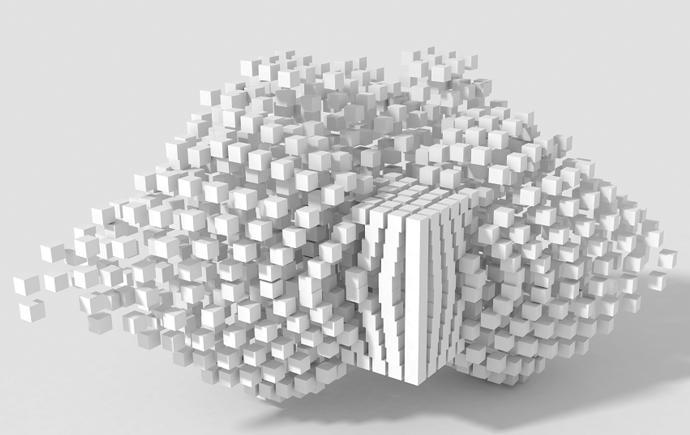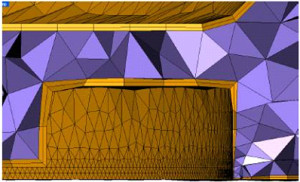In continuation with my previous article about Additive Manufacturing – Using the Voxel method, I am going to talk about some of the challenges that we currently face in order to take this to the next step. The biggest challenge is alignment. Remember that Voxels come in different shapes but of repeatable nature. The easiest to align of course are spheres but even there it’s not as easy as it seems. But when it comes to more complex shaped voxels such as diamonds or triangles, speed of printing can drastically reduce if we cannot get the alignments in the way we would like.
Let’s take the easiest form of voxel – a sphere. At nano level all particles are spherical as such there is no alignment needed. But where the spheres are slightly larger – 100µ and above then we are confronted with some challenges. If ever we have tried to put marbles in a jar, we know that every time we can shake the jar we are able to add a few more marbles.
So why don’t these marbles fall into the well known hexagon close packed format all the time? And what is the maximum number of spheres that can be packed in a given space? Answers to these are quite easy if we read about Kepler Conjecture – and I will leave it to the readers to study that on their own, since I don’t want the article to be too technical.
But in 3D Printing one of the ways of alignment that is being experimented is to charge the voxels with an electrostatic charge and have the build table with an opposite charge. Simple solution? Not really. After the first layer has been built using voxels, the electrostatic charge from build table has to now shift to the first layer of voxels. This means the voxels have to reverse their polarity which in some sense can again cause nonalignment between the voxels that have already been deposited. We can see that, spheres which we considered as the simplest voxels, are themselves not so easy to be aligned. And what about the ‘marbles in a jar’ solution? Shaking the voxels so that they align themselves? It would be disastrous because in 3D Printing, the accuracy depends more on how firm the build table is and not how much we can vibrate. If the build table doesn’t come back to its precise location after every ‘shake’ then we are adding another layer of complexity to the alignment problem.
Let’s look at another type of voxel – pyramids. Common STL files already bring out digital designs in triangles. These triangles can act as the guiding rule for voxel alignment of pyramids but because these files don’t have standard units or scale information, it throws up further challenges. Simple precursor rule can be that the entire digital design should be done with a predefined scale that matches the physical voxel size that will be used for printing.
But unlike spheres packing the pyramids is a challenge. Spheres have a tendency to hug each other – they sort of cuddle up. Pyramids like their own space. Electrostatic alignment is a challenge due to flux effects. More so if the voxels are hollow.
Prototypes of voxel machines have been made in the past and are continuing to be researched. So far they are being termed as ‘rapid assemblers’ rather than printers. Binding of voxels is based on water soluble glues so that supporting voxels (like support material) can be selectively removed later on. One technology that is being explored is similar to laser jet printers where a complete layer of voxels are deposited at once. In this case each layer is first assembled separately before being lifted and placed on another layer. Let’s hope the research of voxel printing continues because this would be the sure shot way building embedded sensors into functional components.


